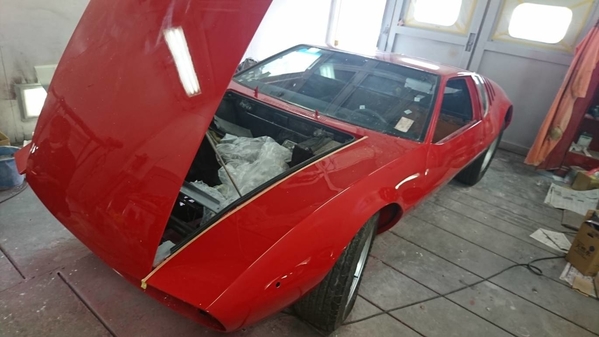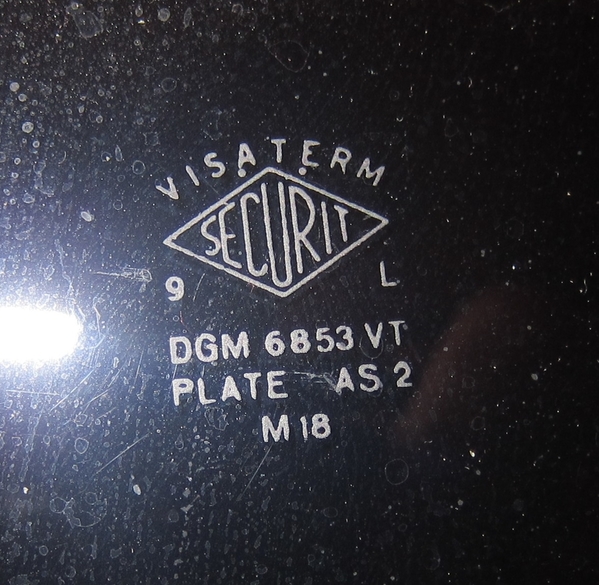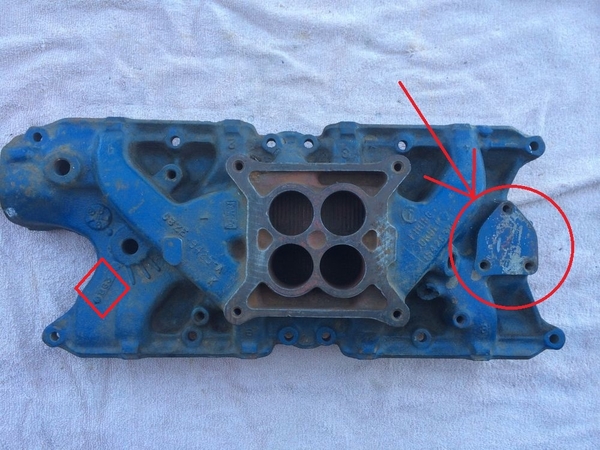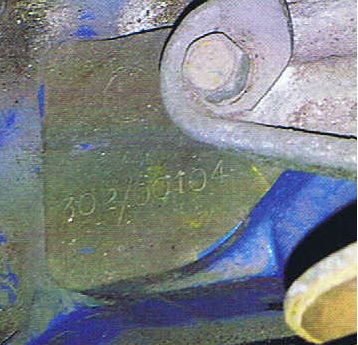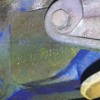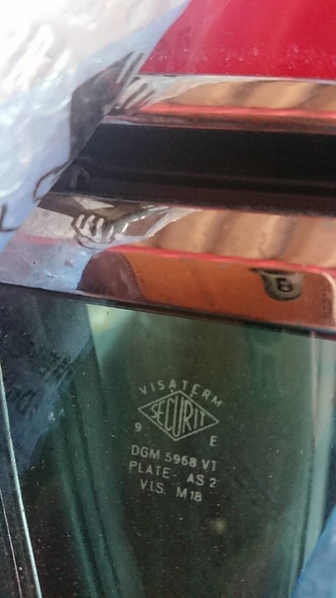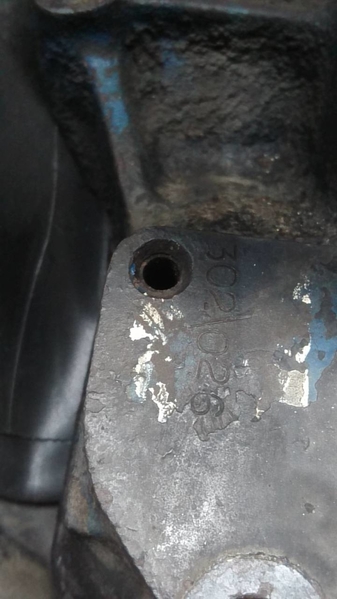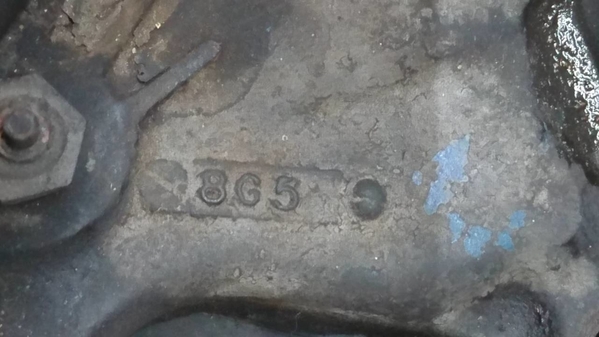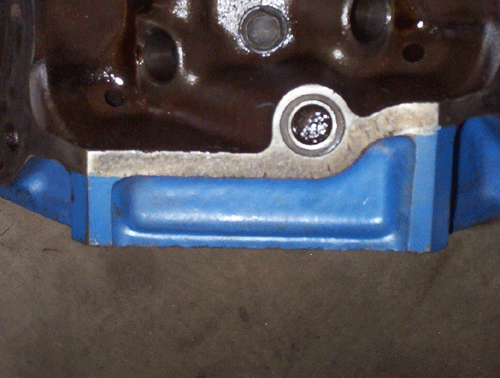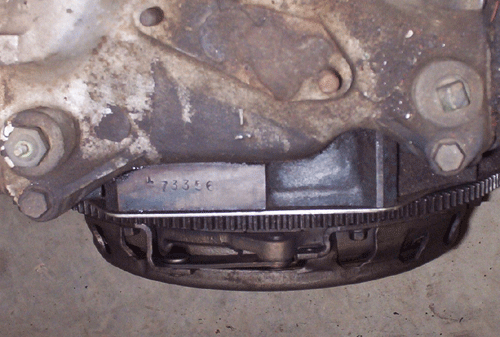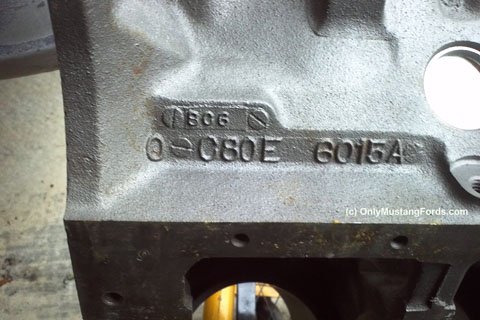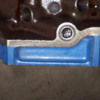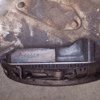I'm posting from Japan
I and my friend are working for the restoration of mangusta owned by my friend. We are wondering what the original engine for his mangusta is. It has the following casted number.
VIN is 8MA1088
engine block casted C5AE-6015E
cylinder head casted C8OE/302/68 with kidney shaped chamber
water pump casted C8OE/D
piston rod casted C8OE-A
We have little information about mangusta. Other friend said the cylinder head is for the 302 engine different from current installed engine block. The cylinder head must be replaced by some reason. My opinion is that this is the original Hi-Po engine that has been installed initially. I read almost past posts in this forum and other website for the small block engine. I know the probability that the hi-po engine is installed is relatively low.
Could you give me any advices about the engine block, cylinder head or other parts shoule be installed originally? In addition We must replace the cylinder head that doesn't works well, so which parts should we choose?


